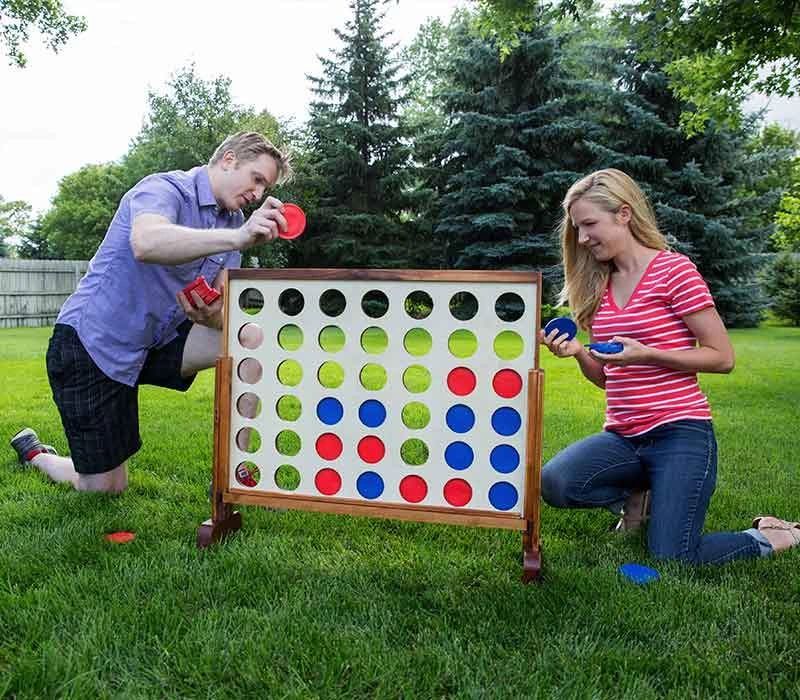Post by Steve King (Admin) on May 2, 2008 22:00:42 GMT -6

SASKATOON -- Paul Neufeld's backyard is filled with rows of beer cans and knocked over horse ankle bones, the scattered remnants of Saturday night's party.
The bones as much as the beer, left by the 40 or so people who came to drink, laugh, and toss around the coloured horse bones, are signs of a good time.
The 44 bones, set up in two separate sand pits in his backyard, are part of a game called bunnock -- or "bones" as it's also known -- that Neufeld, 23, a native of Macklin now living in Saskatoon, has been playing since he was a kid and won a world championship at six years ago.
Macklin administrator Kim Gartner holds horse ankle bones used to play bunnock while standing in front the town's monument dedicated to the game.
I bought a house with a backyard so I could keep playing," he says. "But we sometimes get some pretty weird looks from people walking by in the alley."
The game, a cross between horseshoes, bocce ball, and bowling, will overtake the town of Macklin this weekend for the 15th annual World Bunnock Championship.
It has grown so much in popularity in the past decade that it's now played as far away Australia, Africa, Japan, and throughout the northwestern U.S., and the championship itself draws people from all over the world. People like Neufeld have been trumpeting the merits of the game ("anyone can play, you don't have to be a superstar," he says) to friends and relatives all across the world.
There was a tournament held earlier this year at the West Edmonton Mall and mini-tournaments have popped up all over small towns in Saskatchewan, Alberta, and Ontario.
Organizers have had to turn away upwards of 200 teams and are increasing security for what has become a weekend of 24-hour partying at the town's campground.
Next weekend, Macklin's population, usually around 1,500, will reach 3,500 or more, almost everyone there take a run at the more than $40,000 in prizes and the chance to be crowned world champion. Or, at the very least, to drink to the town dry and pump an estimated $500,000 into the local economy.
The game can be traced back to a game played by Russian soldiers stationed in Siberia in the 1800s. Evidently, the soldiers couldn't play the usual game of horseshoes because the ground was so frozen they couldn't drive the pegs into the ground. Instead, they used the anklebones of horses, which could be set up on the frozen ground. It was brought to the Macklin area and played by settlers during their spare time.
There are four players per team who attempt to knock over the other team's bones. Two rows of 20 bones are set up 10 metres apart. Two more bones, called guards, are set off at the ends of each row. The guards must be knocked over before the others. The first team to knock over all the other team's bones wins.
There's even been some controversy this year. Mary Baier, 77, has produced bunnock sets for decades. She has converted her Macklin ceramics shop into a makeshift factory, boiling and painting bones salvaged from a slaughterhouse. But the demand has grown so much that another local man has started to produce synthetic sets and has been pressuring the committee to allow their use in the championship, so far to no avail.
Neufeld installed a bunnock court, complete with floodlights, in his backyard so he and his friends could hone their skills. They throw parties, sometimes with upwards of 50 people, who sit around, drink beer, and play the game well in to the next morning.
Upwards of 15 of Neufeld's friends will be joining him for the trip to Macklin for the weekend, bunking at his parent's place, dreaming of glory.
David Hutton , CanWest News Service
© The Leader-Post (Regina) 2007





